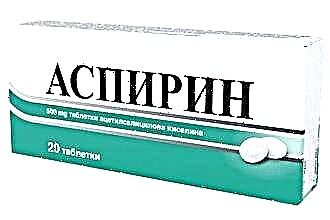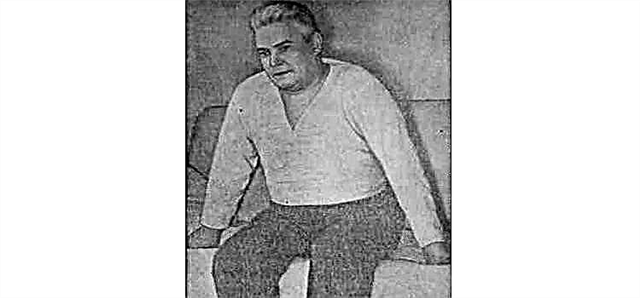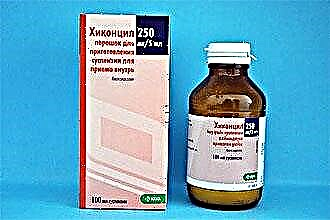Diffuse otitis externa is an infectious disease characterized by inflammation of the ear canal with partial damage to the eardrum and skin in the auricle. The causative agents of the disease in 85% of cases are bacteria, less often fungal pathogens or viruses. The main symptom of the development of ENT pathology is pain in the ear, accompanied by the release of serous or purulent exudate from the ear canal.
Causes

The key reason for the development of inflammatory processes in the external auditory canal is the bacterial flora. The prerequisites for its occurrence are a decrease in the barrier function of the skin and general immunity. Why might this happen?
An acidic environment is present in the external auditory canal, which is formed due to the sulfur secreted by the ear glands. It is she who protects the organ of hearing from external penetration of pathogens into the auditory canal. However, with water ingress or constant ear cleaning, the pH level in the passage changes, which creates conditions for the development of opportunistic bacteria.
Most often, diffuse otitis media is provoked by Pseudomonas aeruginosa, pneumococci, moraxella, Haemophilus influenzae, Candida, etc. The provocateurs of a decrease in general and local immunity can be:
- ear trauma;
- improper ear hygiene;
- hyperhidrosis;
- bad habits;
- water getting into the ear;
- allergic reactions;
- regular stress;
- infections (tonsillitis, sinusitis);
- endocrine disorders.
ENT disease is called swimmer's disease, since the main cause of its occurrence is the leaching of an acidic environment from the ear.
Clinical manifestations
By the nature of the course, the disease can be acute or sluggish. Acute external diffuse otitis media appears suddenly, while the symptomatic picture is strongly pronounced. During treatment, almost all clinical manifestations of pathology disappear within a week. In case of improper or untimely treatment, otitis media becomes chronic, in which the inflammatory process in the ear may not stop for years.
In the initial stages of the development of the disease, the patient complains of a feeling of stuffiness in the ear, which gradually increases and provokes pain. The discomfort is intensified by pressing on the ear canal or tragus. Within a few days, a serous or purulent exudate is evacuated from the external canal, which may contain blood impurities.
Gradually, the patient's well-being worsens, which is due to an increase in temperature.
The tissues affected by inflammation swell, which leads to a decrease in hearing acuity. With the development of purulent processes, an unpleasant putrid odor emanates from the ear.
The opening of the ear canal is often covered with an erythematous rash that causes itching.
Possible complications
Self-medication very often aggravates the course of the disease, as a result of which serious complications arise. In particular, when skin hyperemia appears in the auricle, many patients use turundas soaked in boric alcohol. According to otolaryngologists, such treatment is a gross mistake that can provoke a deterioration in the condition of the outer ear. Boric alcohol has an irritating effect, which leads to increased pain and an even greater spread of inflammation.
In 35% of cases, otitis externa is complicated by the following diseases:
stenosis - partial or complete blockage of the external auditory canal with serous and purulent secretions;
myringitis is an inflammatory process that occurs in the tissues of the tympanic membrane;
necrosis - destruction of epithelial tissues in the outer ear, provoked by catarrhal processes.
Some of the complications lead to the development of hearing loss, which practically does not respond to conservative treatment.
Therapy methods
The principles of treatment of external diffuse otitis media are determined by the severity of the development of catarrhal processes, the patient's age and the presence of complications. Topical preparations are used to relieve inflammation, tissue swelling and itching. Ointments, drops, creams and solutions should have antibacterial, vasoconstrictor, analgesic and regenerating effects.
The systemic treatment regimen includes broad-spectrum antibiotics, antihistamines and immunostimulating drugs. They eliminate the main pathogens of the disease and increase the reactivity of the immune system. Thanks to this, the normal level of acidity in the ear canal is restored, which prevents the penetration of pathogens.
Physiotherapy procedures can be included in complex therapy. They contribute to the restoration of normal blood circulation in the tissues, as a result of which tissue regeneration is accelerated. Thus, the development of stenosis of the ear canal and tissue necrosis can be prevented.
Antibacterial therapy
Antibiotic therapy is based on the use of drugs that can inhibit the synthesis of bacterial cell walls. This leads to a decrease in their number and, as a result, to the complete elimination of the pathogenic flora from the outer ear. Among the most effective drugs, ENT doctors include:
- "Oxacillin" is an antibacterial drug that helps to eliminate staphylococcal infection. Prevents the development of boils in the ear canal;
- "Cefazolin" is a broad-spectrum antibiotic, the components of which are active against most types of pathogenic microbes;
- "Ampicillin" is a drug with a pronounced anti-inflammatory effect. Stops catarrhal processes, contributing to the destruction of most anaerobic bacteria;
- "Augmentin" is a combination medicine that is used in case of ineffectiveness of other antibacterial agents;
- "Amoxicillin" is a semi-synthetic drug belonging to the group of penicillins. Kills gram-negative and gram-positive cocci, as well as Klebsiella and some gram-negative rods.
Self-termination of antibiotic therapy leads to a withdrawal effect. In this case, a relapse of the ENT disease is possible with its further transition to a chronic form.
Ear drops
As a symptomatic treatment of diffuse otitis media of the external ear, topical preparations are prescribed. One of the most convenient forms of medicine is ear drops, the components of which quickly penetrate the foci of inflammation, helping to alleviate the symptoms of the disease. To eliminate systemic and local manifestations of ear pathology, the following can be used:
- "Garazon" - ear drops with a pronounced antibacterial and antiphlogistic effect. They stop inflammation in the ear and prevent the spread of bacterial flora;
- Anauran is a combined action drug that relieves pain and itching, as well as inhibits the activity of microbial pathogens;
- Otipax is an anesthetic with a pronounced anti-inflammatory and antipyretic effect. Reduces tissue edema and promotes tissue regeneration;
- "Polydexa" - anti-inflammatory drops that help eliminate catarrhal processes in the ear canal and eardrum;
- Otofa is an antibacterial solution that eliminates staphylococci and streptococci. Reduces foci of inflammation, which leads to the elimination of pain and itching;
- "Sofradex" - ear drops of a wide spectrum of action, which contain an antibiotic and a synthetic substitute for adrenal hormones.Effectively eliminates inflammation and most pathogenic bacteria.
Important! Before using the drops, it is advisable to clean the ear canals from the crusts formed by exudate. This will facilitate the penetration of the solution into the ear canal, which will facilitate a speedy recovery.



